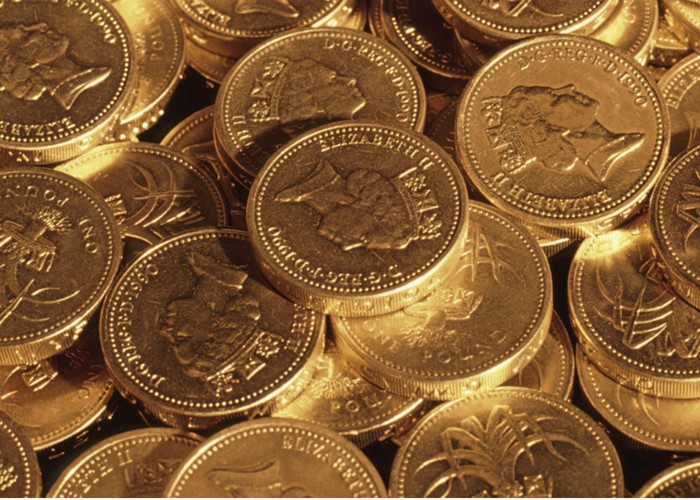How the pound performed in 2014

Which currencies did the pound rise against?
It has been a bumper year for the pound. A strengthening UK economy has helped the pound outperform most major currencies over the past twelve months.
Research from Lloyds Bank Private Banking has found that the pound increased in value against 42 of the 74 currencies analysed.
Good news for holidaymakers
At the time of writing the pound is worth 1.28 euros, up from 1.2 at the start of 2014. Over the year the pound has steadily strengthened over the euro, which has been great news for holidaymakers who have seen their Eurozone destinations become cheaper.
If you are choosing your holiday destination on the basis of a good exchange rate, now might be the time to visit Norway or Sweden. The fall in oil prices has led the Norwegian krone to slide against sterling – it is down 10% in the last year. The Swedish krona has also fallen by 10% over the year, making it a great time to head to Sweden or Norway for a break.
The European Central Bank is expected to loosen its monetary policy in 2015, so the euro should continue to fall against the pound.
Compare travel insurance quotes with lovemoney.com
Biggest fallers
A combination of soaring inflation and the tumbling oil price means that the Venezuelan bolivar has recorded the largest decline against the pound, down 83%.
Inflation in the South American country recently topped 60% putting the bolivar under pressure. Venezuela is also a major oil producer, so the falling oil price is adding to the country’s economic woes.
The crisis in Ukraine has meant that the national currency, hryvnia, has collapsed, falling 77% against the pound over the past 12 months. The Ukraine situation and oil price falls are also hitting the Russian rouble, which is down 52%.
Here are the ten currencies with the largest decline over the last year:
| Country | Currency | Percentage change |
| Venezuela | bolivar | -82.6% |
| Ukraine | hryvnia | -77.4% |
| Russia | rouble | -52.3% |
| Argentina | peso | -32.5% |
| Columbia | peso | -12.5% |
| Seychelles | rupee | -12% |
| Japan | yen | -11.8% |
| Serbia | dinar | -11.3% |
| Norway | krone | -10.4% |
| Sweden | krona | -10.4% |
Dollar stands firm
The pound may have had a strong year in 2014 but it has failed to outpace the dollar. The year started off well with sterling strengthening but strong economic data from the US meant that over the year sterling has dropped 4% on the dollar.
Other currencies, including the Pakistani rupee and Libyan dinar have recorded even more impressive performances against the pound.
Here are the ten currencies with the largest increase over the last year:
| Country | Currency | Percentage change |
| Pakistan | rupee | 10.4% |
| Libya | dinar | 7.5% |
| Trinidad and Tobago | dollar | 5.1% |
| India | rupee | 5% |
| Jordan | dinar | 4.7% |
| Maldives | ringitt | 4.5% |
| Papua New Guinea | kina | 4.3% |
| USA | dollar | 4.3% |
| Oman | rial | 4.3% |
| Yemen | rial | 4.3% |
Compare travel insurance quotes with lovemoney.com
More on travel:
Flybe replaces Rewards4all with Avios and Spend&Fly schemes
Most Recent
Comments
Be the first to comment
Do you want to comment on this article? You need to be signed in for this feature








